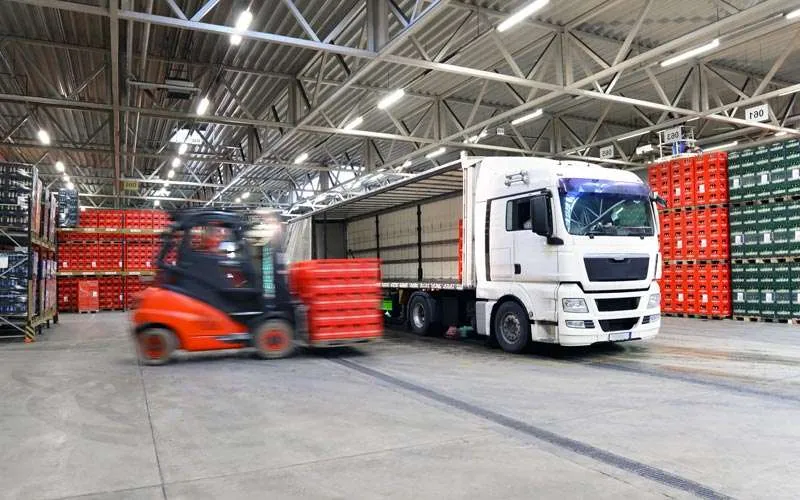
In the logistics sector, one of the main challenges is the digitalization of the supply chain, with the aim of optimizing time, tasks and investments. Indeed, the lengthening of distances, the reduction of delays, the fluctuating quantities according to periods, force companies to transform themselves and to take the turn of logistics 4.0. However, as this sector is complex due to its numerous actors (producers-platforms-transporters, etc.), it is not always easy for companies to know where to start: IoT? Artificial intelligence? Drop-shipping? etc.
In this article, we focus on connected devices and the positive impact they can have on the supply chain. Optimization of goods flows, asset tracking, equipment anti-theft, discover how IoT transforms logistics platforms through three examples of digitalization.
Freight Tracking
For logistics companies, tracking freight is a real challenge to find out where the goods are in the chain, from the time they leave the factory until they are delivered to the customer. For many years, logistics companies have been using passive RFID or barcode label systems, but these technologies involve a lot of manual operations. These can therefore be the cause of delays or errors, not allowing 100% optimization of workers’ time and tasks.
However, it is now possible to track freight and pallets using wireless communication technologies such as active RFID or Bluetooth Low Energy. These wireless communication protocols with detection ranges of up to several hundred meters make it possible to cover warehouses of several hundred square meters.
The Renault company has for example set up a solution for tracking goods (spare parts) based on a technological mix between active and passive RFID. The corridors are equipped with active RFID chips long range and long autonomy and the spare parts are equipped with passive RFID chips. The transpallets are equipped with passive and active RFID reader and allow to know in real time the position of each transpallet and the parts taken in charge, transported or deposited. This bi-technology makes it possible to optimize the logistic corridors and thus to save time to the handlers.
Discover in video the USE CASE Track and Trace realized by the integrator IER at Renault
Indoor equipment location
Today, several wireless technologies meet this need for indoor location such as ultra wideband, Active RFID, Angle of Arrival (AOA) or Mesh technology. The latter can be easily deployed without cabling and ensures a localization accuracy of 5 and 10 meters, which is sufficient to locate logistics equipment.
This wireless communication technology allows connected devices to communicate with each other and to transmit raw data of positions and indoor movements via a gateway, which are then transformed into GPS data by a positioning tool.
Thanks to the latter, it is possible to know in real time where the various pieces of equipment are positioned, but also to follow their route within the site, which makes it possible to know their occupancy rate, to ensure their maintenance and thus reduce investments linked to the purchase of equipment. The MESH + BLE bi-technology also makes it possible to follow a product in Indoor, Outdoor but also during the transport between sites thanks to the geolocation boxes which progressively become BLE compatible.
Also to be read: Indoor localization: which technologies for which use?
Equipment Theft Security
Connected devices allow remote inventorying of equipment and freight, but they also allow to secure them. Indeed, protecting logistics platforms against the theft of their equipment is a challenge that IoT players are successfully meeting.
The active RFID technology embedded in wireless beacons allows to answer these security issues in a very efficient way. By equipping the logistic carts with active RFID tags, it is possible to detect in real time any unauthorized exit of zone. When a machine is left in a truck, it is immediately detected by the antennas when the truck arrives at the exit barrier. This system makes it possible to trigger a light and/or sound signal in the guard post and prevent the opening of the barrier if necessary.
This type of solution discreetly secures logistics equipment and thus reduces the costs related to the purchase of equipment.
To conclude
In a world where everything is going faster and faster, where customers want shorter and shorter lead times, the logistics sector must reinvent itself and evolve to meet market demands. It is obvious that connected objects contribute to the transformation of the logistician’s job by optimizing it, allowing more time to be spent on high value-added tasks. The other aspect is obviously financial, by optimizing the maintenance and security of logistics equipment, IoT allows us to considerably reduce unnecessary investments.


